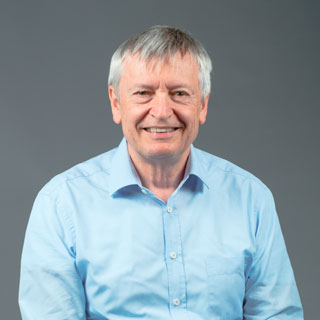From DNA to Therapeutic Protein in CHO Cells
How did CHO cells become the most important cells in biotechnology?
In 1957, a sample of cells from the ovary of a Chinese hamster was cultured and described. Unknowingly, the scientists establishing the Chinese Hamster Ovary (CHO) cells had kicked off a revolution within the field of biotech and biosynthesis of therapeutic proteins.
Today, most of the therapeutic proteins on the market are produced in large scale bioreactors using CHO cells derived from that same cell line from 1957.
Although cell culture methods and resulting yields have improved tremendously since the first recombinant proteins were made from CHO cells in 1978, we continue to see breakthroughs today.
One such breakthrough was contributed by ExcellGene scientists.
The orbital shaking of small bioreactors for high throughput of cell cultures was invented by Maria Wurm, a technology which is now industry standard and led to significant increases in yield due to the insights it provided.
The Full Talk: From DNA to Therapeutic Protein in CHO Cells - Plasmids, Cells, Process, Bioreactors to 10 g/L or More - History, Cytogenetics, Population Genetics, Scale-down and Scale-up, Regulatory and Manufacturability
In this (lengthily titled!) video, Prof. Florian Wurm tells the story of the first CHO cell line and the first therapeutic proteins produced with them using recombinant DNA technology.

Florian M. Wurm, Prof. Emeri.
CSO, ExcellGene
"The talk will try to cover – in 25 minutes - the large range of topics mentioned in the title. It will also elaborate on the perspectives on the future and how CHO cells will continue to be most efficient system for the generation of innovative pharmaceuticals - applying high-throughput technologies for exploring a wide diversity of protein structures - AND to produce such protein pharmaceuticals at an unsurpassed volumetric productivity, eventually far into the 10-50 g/Liter range."
Topics brought up include:
- What characteristics make CHO cells extraordinary, and how can we make the most of them?
- What developmental steps in cell line development have led the technology which we have today?
- What challenges do we face in further improving processes and scale-up?
- What is orbital shaking, and why is it a great mixing method for cells?
- Which parts of the process have the biggest impact on cell yield?
- And a prediction for the development of the process in the 2030's.

Florian M. Wurm PhD, Prof. Emeri.
Chief Scientific Officer, Founder
Dr. Florian Wurm is ExcellGene's co-founder and Chief Scientific Officer. As Professor of Biotechnology at the Swiss Federal Institute of Technology in Lausanne (EPFL) for 20 years (1995-2015) he and his students contributed highly relevant insights into the production of recombinant proteins in cultivated mammalian cells. At Genentech Inc., he was among the scientists to generate manufacturing processes for the first pharmaceutical proteins made in Chinese Hamster Ovary (CHO) cells, for which he is now considered an international expert. He has co-authored over 250 publications.
